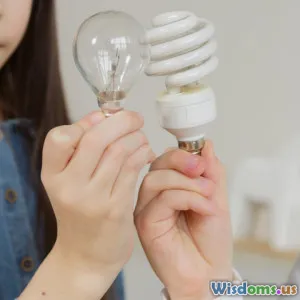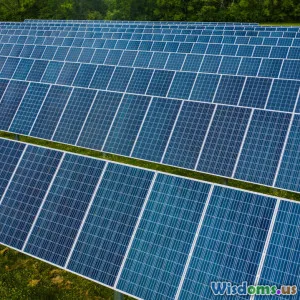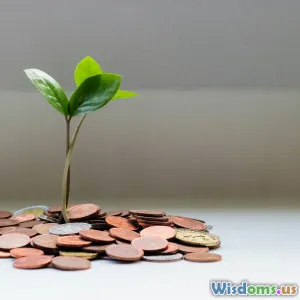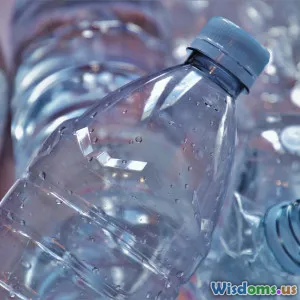
Why Smart Water Recycling Could Save Los Angeles from Future Droughts
16 min read Explores how advanced water recycling can help Los Angeles address recurring droughts and secure its water future. (0 Reviews)
Why Smart Water Recycling Could Save Los Angeles from Future Droughts
Los Angeles is world-famous for its sunshine and stunning coastline, but underlying its vibrant metropolitan glow is a stubborn, recurring challenge: drought. By 2023, nearly all of California had endured an unprecedented 20-year “megadrought,” pushing the region’s water management strategies to—and sometimes past—their limits. As climate patterns become increasingly erratic and populations rise, traditional approaches to water sourcing are proving unsustainable for the City of Angels.
But what if Los Angeles’ future water security could come not from a distant reservoir, but from the city itself, through cutting-edge water recycling? From smartphone-controlled infrastructure to advanced filtration, smart water recycling offers an achievable and proven roadmap for drought resilience. Here’s how this technological approach could transform LA’s relationship with water—and why it might just be the city’s best hope during dry years ahead.
The Looming Water Crisis in Los Angeles
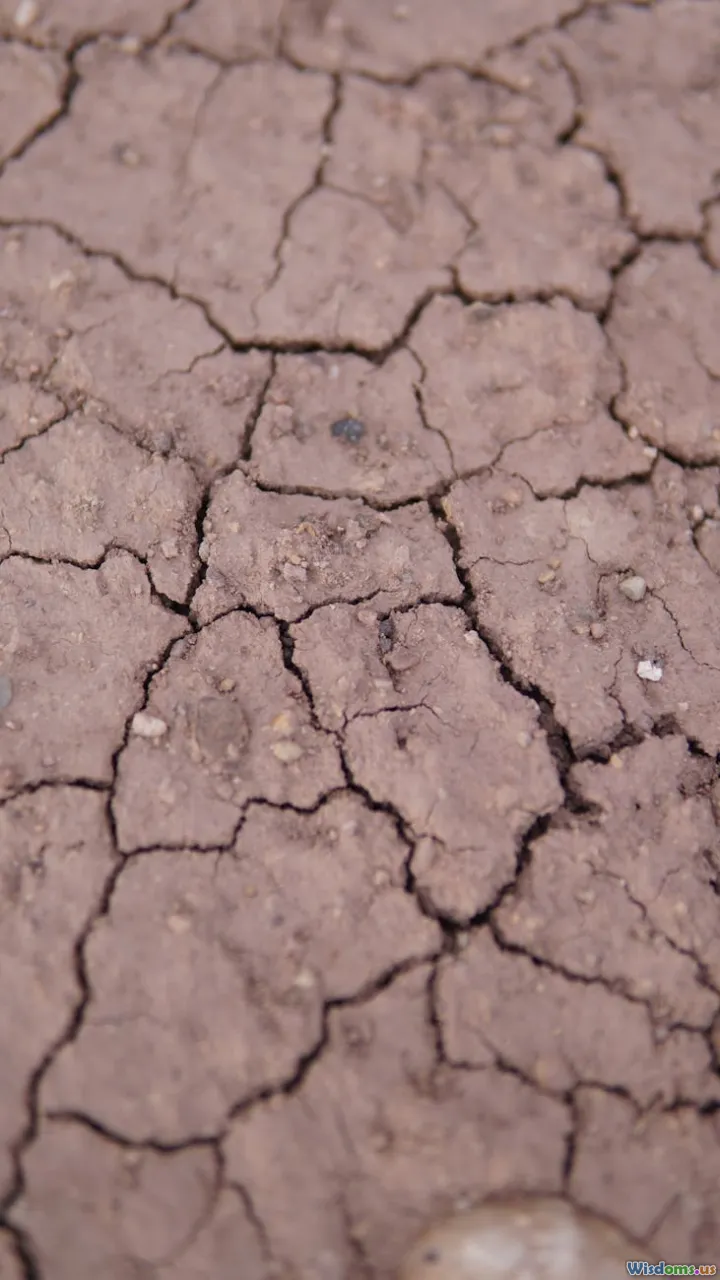
Los Angeles is no stranger to drought. Over more than a century, the city has relied on distant water sources—from the Owens Valley to the Colorado River—to slake its growing thirst. As of 2021, over 85% of LA’s water is imported, according to the Los Angeles Department of Water and Power. However, these lifelines are themselves strained by overuse, legal disputes, and climate-driven shortages.
During the 2020-2022 drought, the Sierra Nevada snowpack—the main source of LA’s water—plunged to less than half its historical average. Desperate residents and businesses faced restrictions, and reservoirs like Lake Mead—the largest in the country—reached record lows.
Long-term forecasts are even more daunting. A 2022 UCLA study predicted that by mid-century, climate change could slash Southern California’s imported water by up to one-third. Without dramatic innovation in water strategy, LA could see costlier water, intensified restrictions, and greater threats to public health and the environment.
How Smart Water Recycling Works
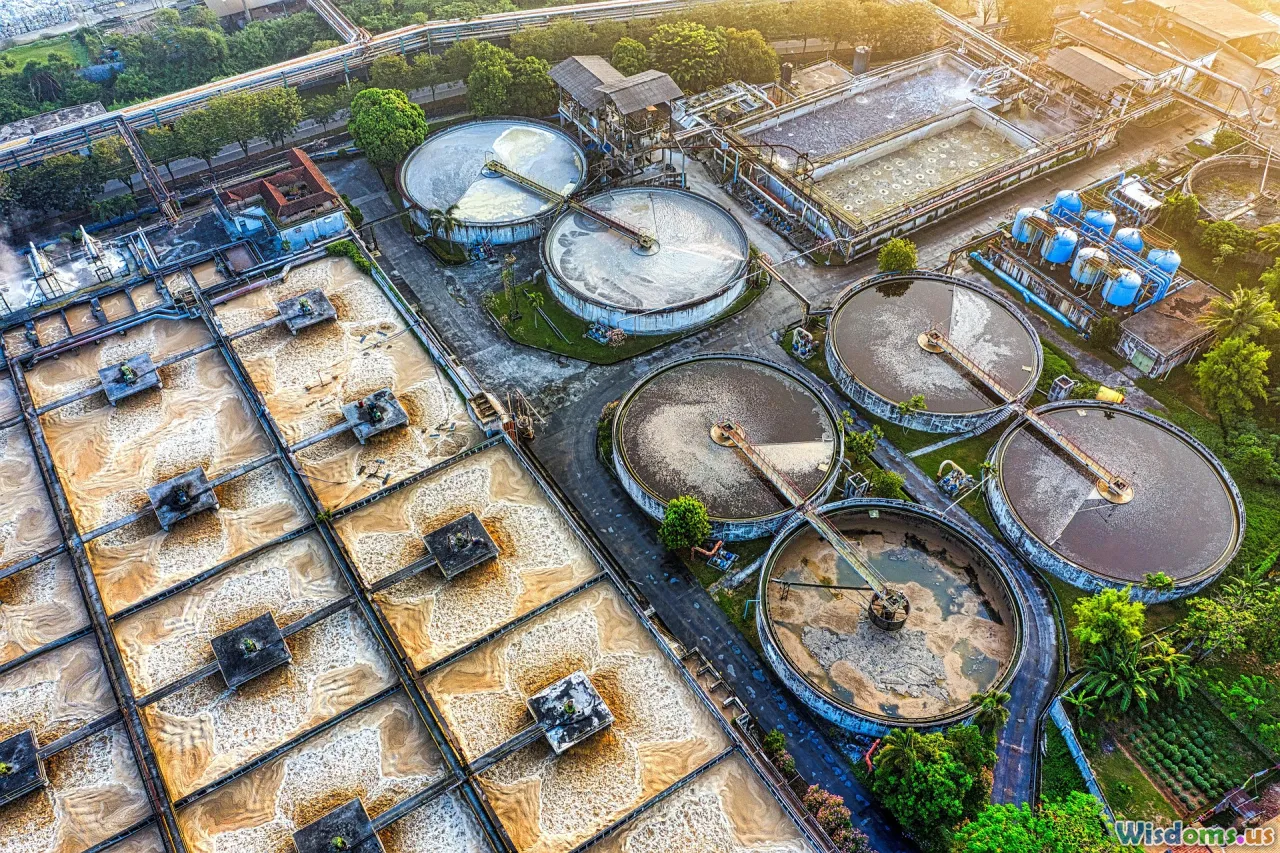
Water recycling isn’t new—but smart water recycling adds brains to brawn by using advanced monitoring, data analytics, and automation to optimize every drop. Here’s how it works in practice:
- Collection: Wastewater from sinks, showers, toilets, and industry is collected throughout the city.
- Sophisticated Filtration: Potent contaminants—pharmaceuticals, chemicals, microbes—are removed using multi-stage filtration: microfiltration, reverse osmosis, UV treatment, and advanced oxidation.
- Digital Control and Monitoring: Internet-connected sensors and AI-driven platforms track water quality in real time, allowing technicians to tweak the process, predict issues, or shut down faulty systems before problems occur.
- Distribution: Treated water is then reincorporated into the drinking supply (direct potable reuse) or used for irrigation, industry, or replenishing aquifers (indirect potable reuse).
A real-world showcase: Orange County’s Groundwater Replenishment System, one of the largest and most advanced in the world, purifies up to 130 million gallons daily—enough for nearly one million residents. This system uses continuous monitoring and AI-based predictive maintenance to maximize uptime while protecting public health.
Benefits Unique to LA’s Environment and Demographics
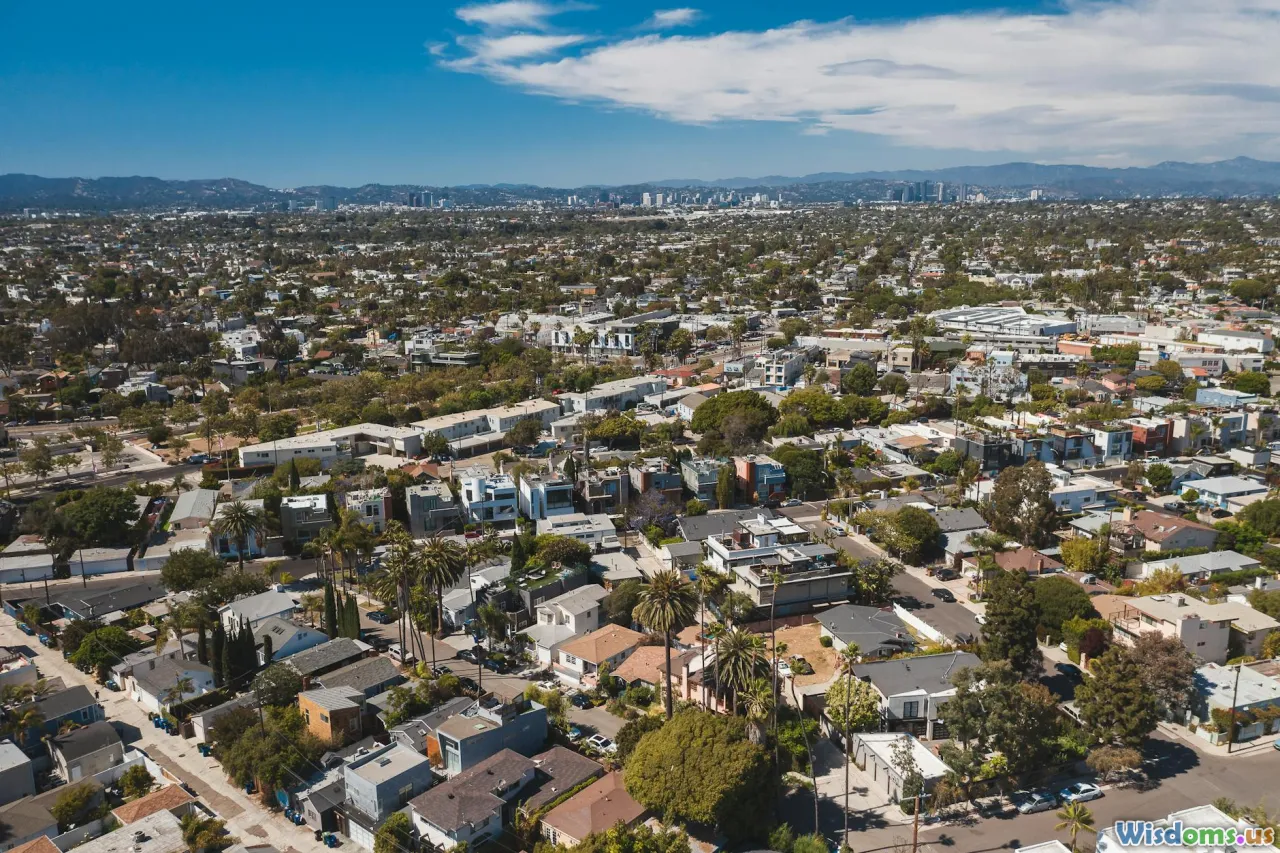
Population Resilience
As North America’s second-largest city with nearly 4 million residents, Los Angeles is uniquely vulnerable to mass water disruptions. With local recycling infrastructure, the city can decouple itself from volatile interstate river deals and climate-disturbed reservoirs.
Urban Footprint Advantage
Densely populated cities like LA generate vast volumes of wastewater daily: an untapped resource hiding in plain sight. By transitioning from a “waste-disposal mindset” to a “resource-recovery mindset,” the city unlocks a perpetual, climate-independent supply.
Public Health and Environmental Gains
Smart water recycling means less reliance on fragile river systems and fewer toxins discharged into local habitats like the Ballona Wetlands and Santa Monica Bay. Additionally, as filtration tightens standards well beyond those of traditional treatment, LA could enjoy cleaner water than that sometimes found in faraway imports.
Lessons from Leading Cities: Orange County, Singapore, Tel Aviv

Orange County, California
Right next door, Orange County serves as a blueprint for LA’s future. Its Groundwater Replenishment System boasts public tours and robust quality-testing protocols, giving locals increased trust in “toilet-to-tap” recycled water. In a decade, the county avoided severe shortages—even during dire droughts.
Singapore’s NEWater
Singapore, once nearly 100% reliant on imports from neighboring Malaysia, built a network of high-tech vapor filtration centers and deployed AI monitoring. Today, over 40% of Singapore’s water comes from recycled sources, and that figure will climb to 55% by 2060, securing the island nation’s independence and urban growth.
Tel Aviv and Israel’s National Water Strategy
Israel recycles nearly 90% of its wastewater, the highest proportion globally. Thanks to automated treatment plants and a vast purple-pipe network, Tel Aviv irrigates urban parks, crops, and even fills its aquifers, with zero compromise on public safety. Water supply interruptions are nearly unheard of—even as rainfall has declined.
Key Smart Technologies in Modern Water Recycling

The evolution from conventional to smart water recycling hinges on several breakthrough techs:
- IoT (Internet of Things) Sensors: These tiny, distributed sensors constantly track inputs like pH, chlorine, microscopic particles, temperature, and pathogens, feeding live data back to a command center.
- Artificial Intelligence: AI-driven platforms forecast when membranes, filters, or pumps are likely to degrade, optimize chemical usage, and prevent minor issues from snowballing into failures.
- Advanced Membranes: Unlike traditional sand filters, next-generation membranes capture pharmaceuticals, endocrine disruptors, and emerging contaminants of concern flagged by public health authorities.
- SCADA (Supervisory Control and Data Acquisition) Systems: Modern water plants are run through centralized digital dashboards that compress hundreds of manual checks into automated, minute-by-minute updates.
For example, at the City of Los Angeles’ Hyperion Water Reclamation Plant, pilots now monitor more than 6,000 data points in real time, enabling preventive maintenance and responsive water treatment.
Addressing Public Opposition and Misconceptions
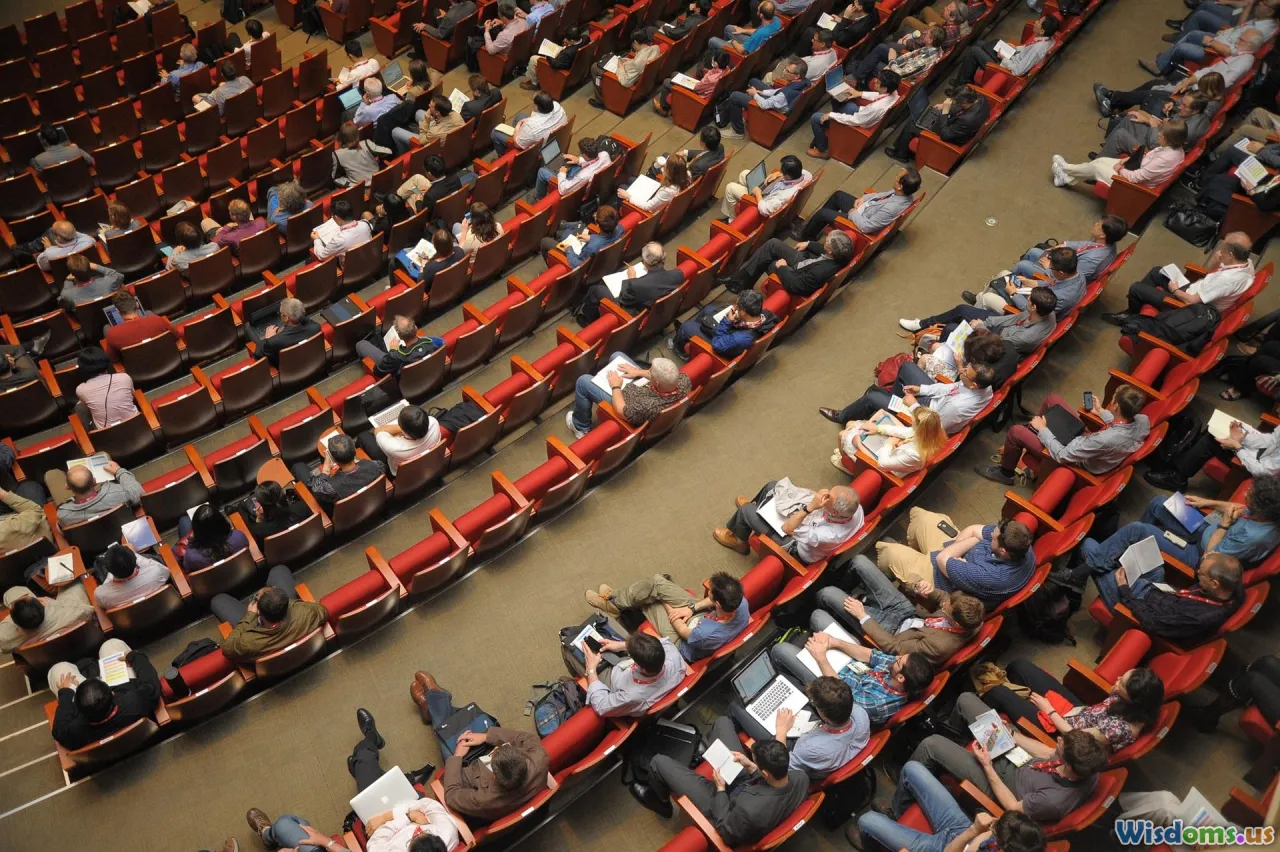
Perhaps the biggest hurdle to water recycling is psychological: the so-called “yuck factor.” Despite overwhelming evidence of safety, the idea of drinking treated wastewater has met skepticism over the years.
Building Public Confidence
Cities have learned that open communication and transparency win trust. Orange County’s prized effort is its public tour program, where residents see up close how advanced multi-stage recycling produces water more than twice as clean as federal drinking standards demand. Regular, third-party reporting reassures consumers.
Tackling Myths
- "Recycled water is unsafe." In reality, smart systems monitor and inspect far more frequently than many traditional sources, such as rivers or lakes.
- "It’s too expensive." While upfront costs are real, long-term operation becomes more cost-effective than importing water over vast distances—especially as imported sources become scarcer and pricier.
According to a 2018 RAND Corporation study, roughly two-thirds of LA respondents said they’d drink recycled water after learning about purification methods. Persistent community outreach is key.
The Financial Case: Long-Term Payoff vs. Upfront Costs

The sticker price for advanced water recycling can appear daunting. Setting up state-of-the-art plants, pipe networks, sensors, and skilled maintenance teams represents a multimillion—sometimes billion—dollar commitment.
However, consider the true economics of "business as usual":
- Rising Cost of Imports: In 2022, California paid nearly $700 per acre-foot for imported water—nearly double the cost a decade earlier and already closing in on the cost to recycle water locally at scale.
- Avoided Costs of Scarcity: Every billion gallons recycled locally means fewer emergency imports or revenue lost from drought-triggered water use restrictions.
- Operational Efficiency: Smart filtration and AI reduce the need for excessive chemicals, labor hours, and unexpected repairs. Just as installing solar panels or wind turbines is expensive upfront but pays off over decades, so does advanced recycling infrastructure.
The International Water Association notes that smart recycling projects around the world saw return on investment in less than two decades—a blip in the century-long horizon of water management.
Environmental Impact and Urban Sustainability
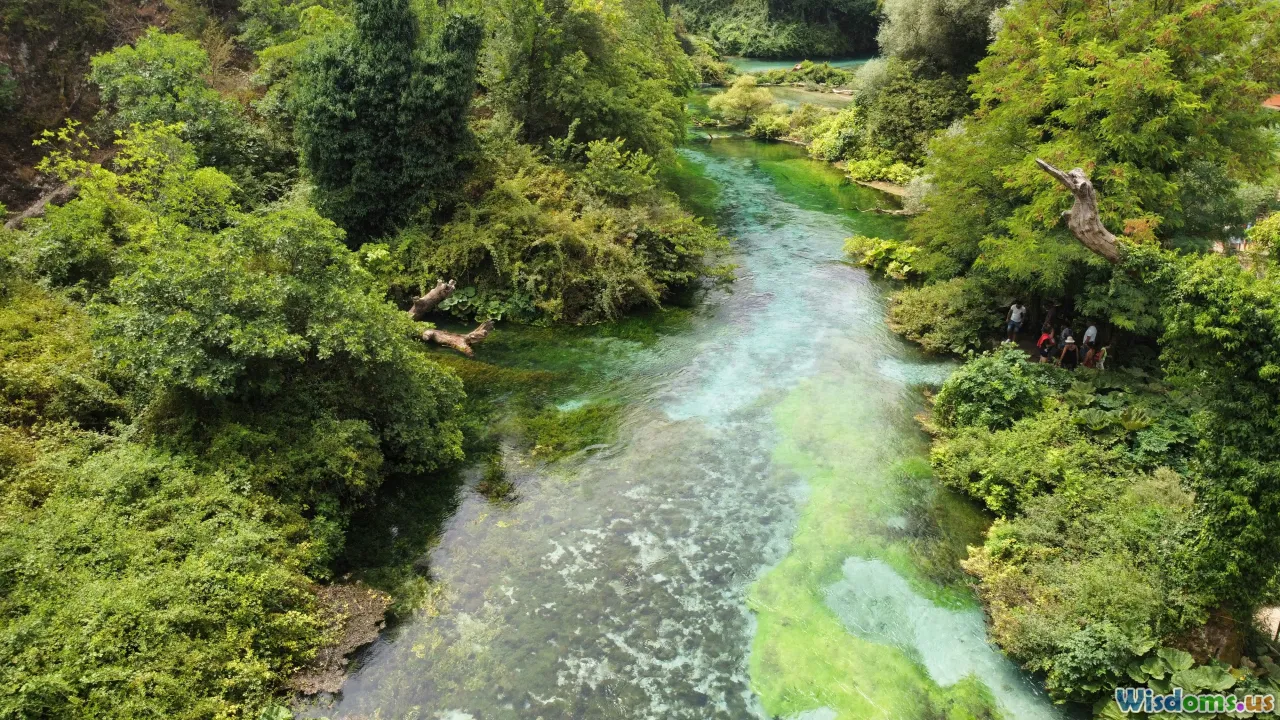
Choosing water recycling is about more than quenching LA’s thirst; it’s fundamental to environmental values.
- Lower Carbon Footprint: Transporting water hundreds of miles requires massive energy inputs. Pumping from nearby recycling centers cuts emissions dramatically.
- Aquatic Ecosystem Protection: Reduced water withdrawals from rivers and reservoirs translate to healthier fish habitats, stronger wetlands, and better water quality in recreational lakes and beaches.
- Urban Water Balance: With aquifers dramatically overdrawn, refilling underground stores with ultra-purified recycled water is essential for earthquake resilience, sustainable urban growth, and climate adaptation.
In 2022, Los Angeles diverted enough recycled water into regional aquifers to begin repairing decades of depletion—an encouraging step for resilience.
How to Accelerate Smart Water Recycling in Los Angeles

The promise is clear, but scaling from demonstration projects to citywide benefit requires action. Here’s a roadmap LA can follow:
- Policy Alignment: City, county, and state levels must create unified regulations encouraging potable reuse and breaking bureaucratic bottlenecks.
- Pilot Deluxe: Expand the visibility and reach of thriving pilots like the Hyperion Advanced Water Purification Center. Nothing builds support like seeing success in action.
- Partner with Tech Innovators: Leverage LA’s deep bench of universities and startups for custom monitoring apps, predictive analytics, and new filtration breakthroughs.
- Financing Models: Explore dynamic partnerships (public-private, infrastructure investment trust funds, water bonds) to make necessary upfront investments.
- Education First: Engage with schools, local businesses, and neighborhood councils so knowledge, not hearsay, drives public opinion.
With synchronized effort and investment, scalable smart water recycling could cover as much as 50% of local demand by 2040, according to the Southern California Water Coalition.
A Blueprint for a Water-Wise Future
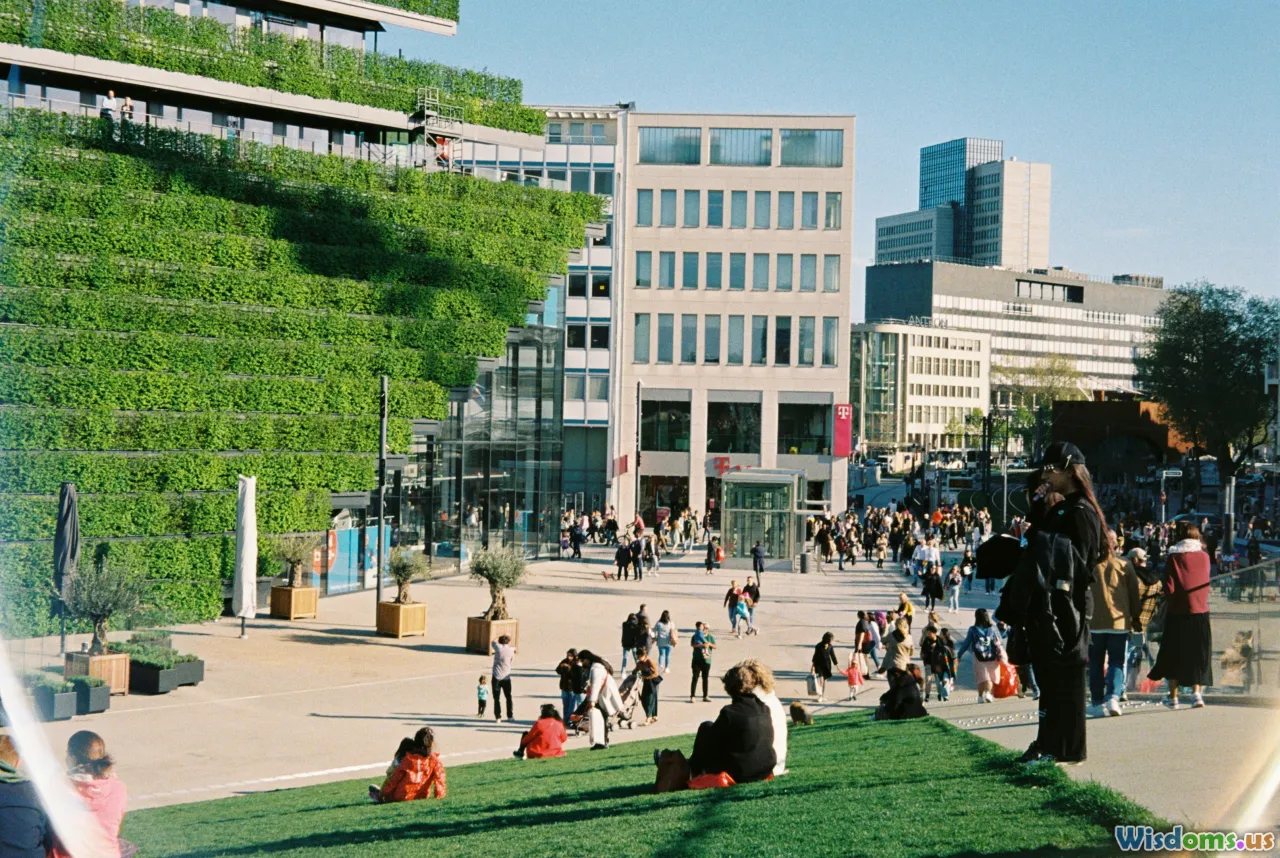
Droughts are part of LA’s story—but they needn’t dominate its future. Smart water recycling, seamlessly combining technology, efficiency, and sustainability, has been battle-tested from California to Tel Aviv. By thinking differently about every drop and boldly investing in a closed-loop approach, Los Angeles can protect both its people and its iconic way of life against nature’s extremes.
If LA embraces the possibilities of smart water recycling, future droughts may not be crises, but mere blips on the radar of a city at the forefront of urban resilience.
Rate the Post
User Reviews
Popular Posts















